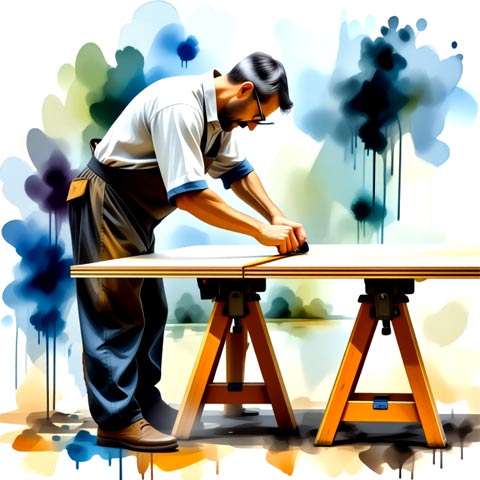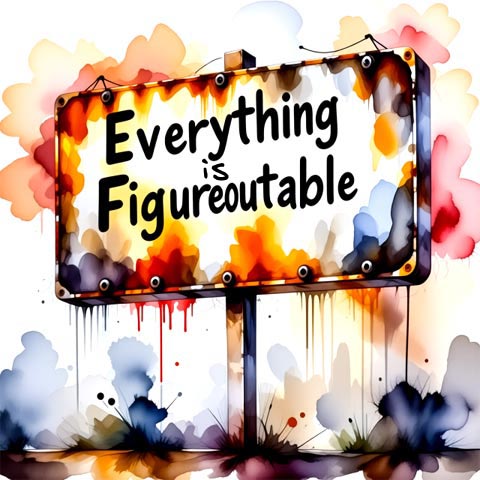10 Quick DIY Tips for New Homeowners
The Old Adage: Measure Twice, Cut OnceThis is an old adage that's easily forgotten but remains true as ever. Before purchasing materials, take the time to measure your space to determine your needs so you don't over or under buy. Also measure any cuts you make twice. It’s easy to get excited about a project, but measuring twice every time you make a cut helps ensure you won’t have to make a return trip to replace supplies that were cut wrong!
Get Creative with Paint
Paint is one of the easiest ways to breathe new life into old items. If you find a piece of furniture with good bones, but it’s seen better days, a fresh coat of paint can work wonders. Chalk paint, for example, can create a vintage, distressed look without needing to sand or prime, making it ideal for beginners.
Ask Staff for Help
ReStore employees are often very knowledgeable about the materials they carry. Don’t hesitate to ask for advice on what types of wood are best for certain projects or where to find specific items. They may even have tips for crafting materials that aren’t immediately obvious. While we recommend ReStore because a percentage of the sales go to Habitat to help finance building more homes, the same may be true of many second hand store.
Focus on Functionality
When shopping at ReStore, remember that many items can be repurposed to serve a different function than originally intended. Old cabinet doors, for example, could become chic wall art or a tabletop for a custom desk. Think outside the box!
DIY Doesn’t Have to Be Perfect
Embrace the imperfections that come with upcycled materials. Reclaimed wood may have knots, scratches, or uneven edges, but that’s part of its charm! Celebrate those little flaws, as they give your projects character and tell a story. The same can be said for any minor mistakes you make.
Incorporate Eco-Friendly Elements
Not only are you helping Habitat’s mission by shopping at ReStore, but you’re also contributing to sustainability. Look for eco-friendly DIY projects, such as creating planters from old containers or turning scrap wood into beautiful garden décor. It’s a great way to build something beautiful, or useful, or funcitonal—or all three! It also means fewer things going to a landfill, which isn't a bad thing.
Be Patient and Take Your Time
DIY projects take time, and there’s no rush. Take your time selecting materials, and remember that not everything will come together in one weekend. Enjoy the process, and don’t be afraid to ask for help or take a break if you need one!
Use Tools You Already Have
Don’t feel like you need to buy a bunch of expensive tools for a DIY project. Many projects can be completed with just a basic toolkit such as a saw, screwdriver, hammer, paintbrush, etc.. And if you don’t own a tool you need, check with friends, neighbors, or even your local library, as some libraries lend out tools! At some point you may want to invest in more or better tools, but it doesn't have to be a priority starting out.
Have Fun with Personalization
DIY is a chance to show off your personality and style. Whether you’re creating custom throw pillows from fabric scraps or decorating old furniture with a stencil pattern, adding personal touches makes your project truly unique to you.
Keep Your Eyes Open for Unexpected Treasures
The most fun part about shopping at ReStore is the element of surprise. You never know what hidden gems you’ll find on your next visit! Look out for vintage items or materials that might not have an immediate use but could inspire your next creative project. In my experience, ReStore often has better quality goods at better prices than many second hand stores because ReStore often has higher quality standards. Also, those who donate to ReStore understand they're donating to a good cause, and so, often donate better goods than people just trying to get rid low quality things they're done with.



